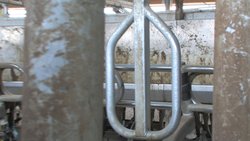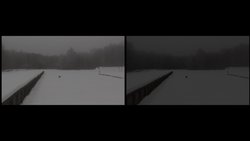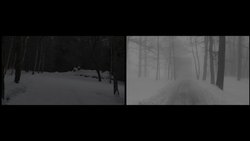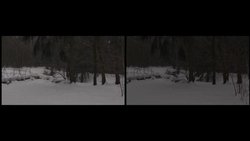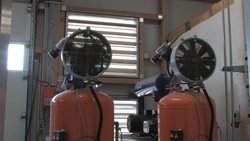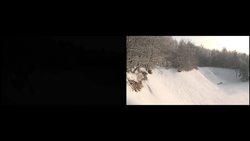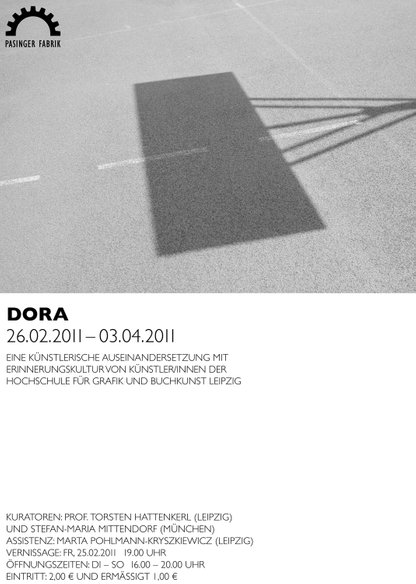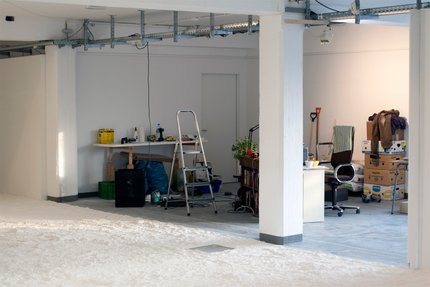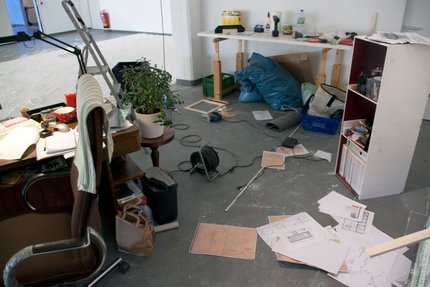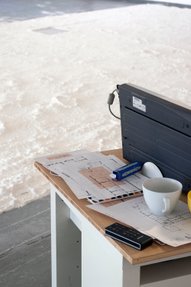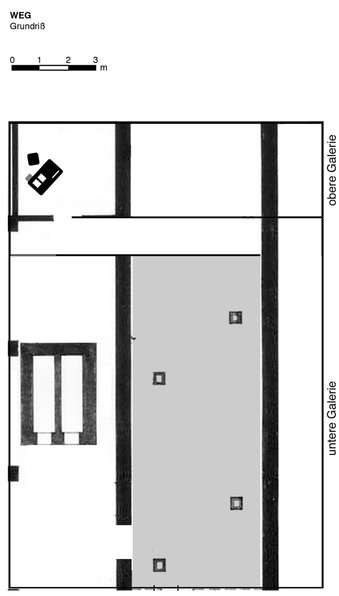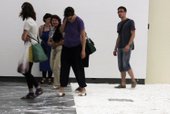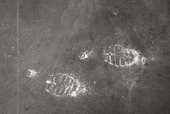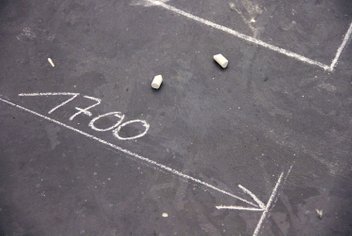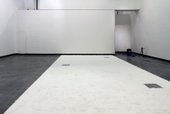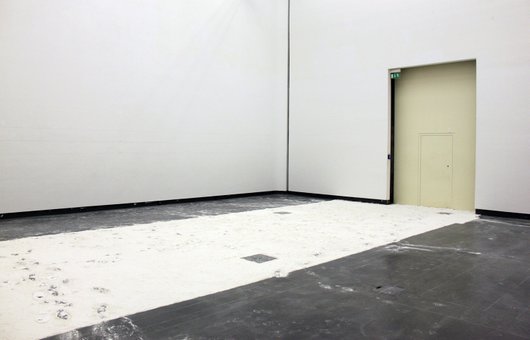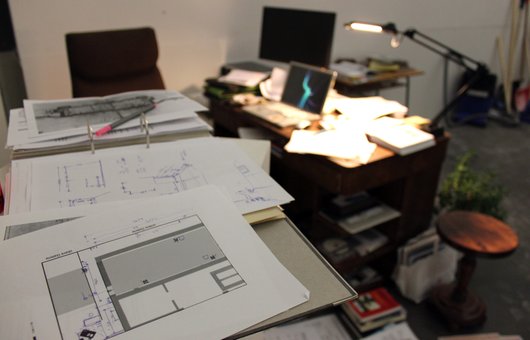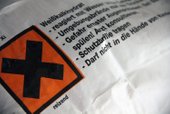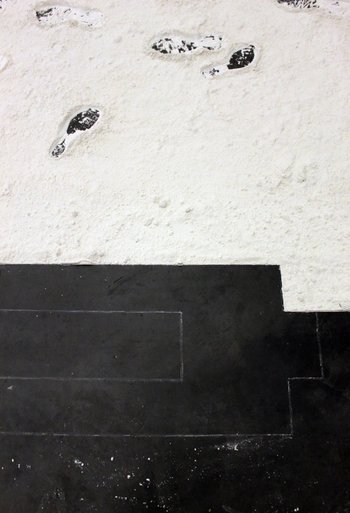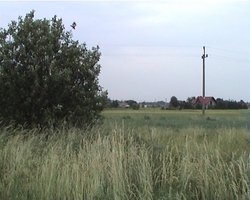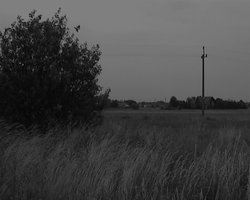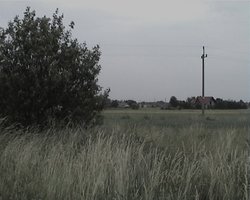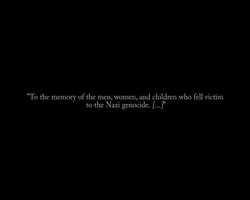Archiv
Archiv
가는 선 Fine Line
Carsten Goering & Ya Wen Fu
ribbons, lights, rotary engines, monitor (HD Video Loop)
Installation, spacexx, Seoul, 2019
The color, light, motor, machine and different elements inspire how we create a dialog between two artists and three cultures (Germany, Taiwan & South Korea).
3D-walk >
Milch / milk
Carsten Goering
HD Video, 5.13 Min
Erfurt / Leipzig, 2012
In a dairy farming facility we visualize some clearly established inter-relation between beast and machine in an accelerated, monotonously self-repeating manner. The sound of quite commercial electronic music underlines not only mechanical work but rather the aesthetics of man plundering nature without, however, visually being integrated and thus presented as subject.
bedeckt / covered
Carsten Goering
HD Video Loop, 2-channel-video-projection
Buchenwald / Leipzig, 2010/11
'bedeckt' as a work of art must be seen in the context of the genocide between 1938 and 1945. Moreover it refers to the course of history up to the present time and critically spots what we increasingly get oblivious of, what was exploited and is hardly ever recognized today.
The 2-channel-video-projection presents apparently equal sequen- ces alternating by means of fading in and out.
exhibition view: Pasinger Fabrik, Munich, 2011
WEG / A-WAY
Carsten Goering
slaked lime, chalk, graphite, personal objects
temporary installation, Leipzig 2010
'WEG' as a work of art produces the crematorium in Auschwitz concentration camp according to the ground plan of the "Topf & Söhne" company from 1942 as well as the front and side elevations from 1941 and 1942. Part of the ground plan therefore is copied onto the floor of the exhibition area with chalk on a scale of 1:1. Elevations are marked on the walls by means of graphite. The area of the basement mortuary recorded – the first one described as such and the only gas-chamber preserved – is covered with slaked lime, meticulously edged and opaque, the input sleeves for the insecticide left blank, the entrance to the mortuary precisely and identically covering the entrance to the exhibition space. Thus the recipient simply can`t help but enter this space via the slake lime area.
On a second floor the recipient finds my private study originally recreated as representing my present analysis of the Holocaust.
'WEG' as a work of art thus also represents some [auto]-biographical process, the basic idea of which may show my personal analysis of as well as currently embarrassed consteration with the holocaust, but also of its artefacts.
The recipient is not only given insight into my private story and research, but rather invited to consciously or unconsciously becoming part of my quest, and, in the context of my work, to enter history. He is forced to put foot onto an apparently plain and clear surface, an abstaction, he may but need not try to grasp; its irritating substance, however, will stick to his shoes, as does history with us.
exhibition view: Gallery Academy of Visual Arts, Leipzig, 2010
video: © videowerkstatt.net GmbH
pictures: © A. Müller & M. Kewitsch
20 Min
Carsten Goering
Digital Video, 20.18 Min
Ausschwitz-Birkenau / Krakow, 2008
20 Min (1) must be understood in the context of the genocide committed in Auschwitz-Birkenau from 1942-1945. It refers to the period of time when up to 2000 people were killed by means of Zyklon B, an insecticide, within 20 minutes.
Within this frame of time colour, frame and sound are fading out, without any change in focusing, however. Focus is put from opposite the entrance of the camp, the camera set where the rails end, that are still preserved, running through the gate into the camp.



